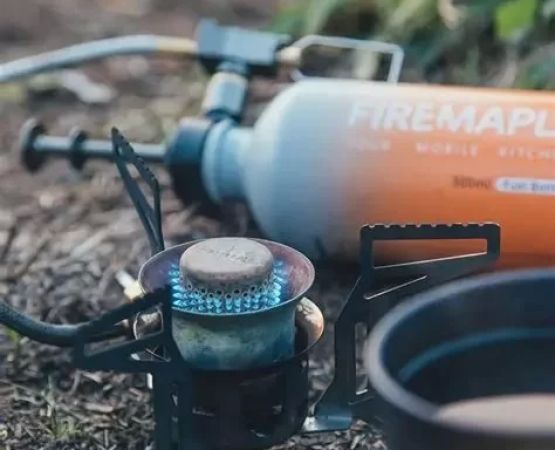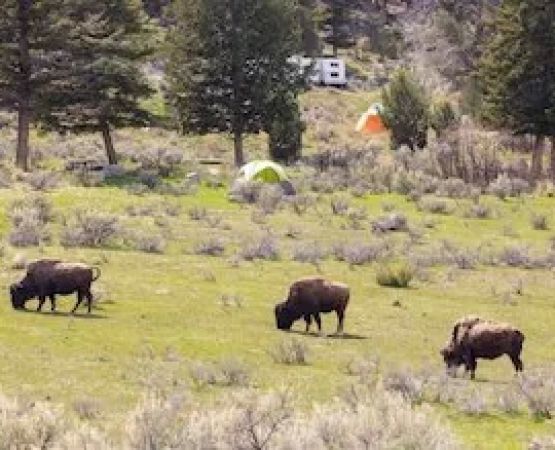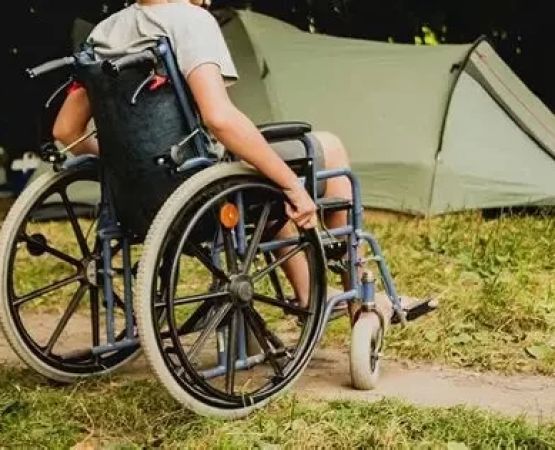- #understanding-fat-biking-in-winter - snow-riding-basics - terrain-challenges - adventure-potential
- #essential-gear-for-fat-biking-in-the-snow - wide-tires - clothing-layers - traction-support
- #choosing-the-right-bike-setup - tire-pressure - drivetrain-considerations - maintenance
- #cold-weather-clothing-for-riders - layering-strategy - insulation-vs-breathability - real-world-cases
- #safety-and-navigation-in-winter - lighting-gear - gps-tools - risk-prevention
- #real-life-stories-snow-fat-biking - adventure-examples - rider-experiences - lessons-learned
- #pine-cliff-resort-resources - trusted-gear - guided-rides - winter-experience
Understanding Fat Biking in Winter
Fat biking in the snow has become one of the most exciting winter sports for outdoor enthusiasts. With oversized tires designed for grip and stability, riders can explore snowy trails, frozen lakes, and winter landscapes that are otherwise difficult to access. The key to making this experience enjoyable and safe lies in having the right setup and the essential gear for fat biking in the snow.
1) The challenge of snow terrain
Snow offers unpredictable riding conditions. Packed snow can feel smooth, while deep powder or icy patches demand better control. This is where equipment plays a crucial role. Riders without proper gear often struggle with balance, traction, and cold management, leading to a less enjoyable ride.
Essential Gear for Fat Biking in the Snow
2) Tires and traction systems
Wide tires are the foundation of fat biking. Most riders use tires ranging from 3.8 to 5 inches, designed to float over snow. For icy trails, studded tires add another level of security by preventing slips. Tire pressure adjustments, sometimes dropping as low as 5 PSI, can dramatically improve grip and stability.
3) Clothing layers and weather protection
One of the biggest mistakes beginners make is overdressing. Effective layering ensures warmth without overheating. A breathable base layer, an insulating mid-layer, and a windproof outer shell create the ideal balance. Waterproof gloves and insulated shoe covers are also non-negotiable pieces of essential gear for fat biking in the snow.
Choosing the Right Bike Setup
4) Drivetrain and maintenance
Cold temperatures can affect chains, derailleurs, and shifting performance. Many experienced riders recommend a 1x drivetrain for simplicity and reliability. Regular cleaning and applying low-temperature lubricants help prevent mechanical issues in sub-zero conditions.
5) Suspension considerations
Some fat bikes come with front suspension forks, but many riders prefer rigid forks for better control in snow. The wider tires already provide natural cushioning, reducing the need for suspension and lowering the overall bike weight.
Cold Weather Clothing for Riders
6) Real-world layering strategies
A rider in Minnesota shared how switching to merino wool base layers allowed him to bike longer distances without freezing sweat buildup. Another in Colorado emphasized the importance of wind-blocking face masks during mountain rides, where windchill can quickly sap energy. These real-world examples highlight how proper clothing can determine whether a ride is enjoyable or cut short.
Safety and Navigation in Winter
7) Visibility and lighting
Winter days are short, making lighting systems essential. A strong front light ensures visibility on snowy trails, while a blinking rear light increases safety around other riders or vehicles. Reflective clothing adds another layer of visibility.
8) Navigation tools
Snow can obscure trail markers, so carrying a GPS device or a reliable smartphone app is important. In popular biking regions, like the Upper Midwest, riders often rely on preloaded winter trail maps to avoid getting lost in unfamiliar snow-covered landscapes.
Real-Life Stories in Snow Fat Biking
A group of riders in Alaska once documented their multi-day fat biking adventure across frozen rivers. Their success came down to two factors: studded tires and lightweight camping gear. Another story from Canada tells of a rider who avoided frostbite by switching to chemical toe warmers after experiencing numbness mid-ride. These stories underline the fact that preparation and essential gear for fat biking in the snow can mean the difference between adventure and danger.
Pine Cliff Resort as a Winter Biking Resource
9) Reliable gear recommendations
At Pine Cliff Resort, we provide trusted resources and recommendations for those looking to invest in the right fat biking equipment. Whether you need guidance on studded tires, insulated gloves, or GPS tools, our platform ensures you find reliable products designed for winter conditions.
10) Enhancing the winter experience
Beyond gear, Pine Cliff Resort also supports winter sports enthusiasts with curated services, including guided fat biking tours and family-friendly winter activities. Our goal is to help every rider, from beginners to seasoned adventurers, enjoy the thrill of snow cycling in a safe and comfortable way.
Final Thoughts
Fat biking in snowy conditions offers a unique and thrilling way to embrace winter. By investing in essential gear for fat biking in the snow, riders can ensure safety, comfort, and long-lasting enjoyment. With the support of trusted resources like Pine Cliff Resort, every winter trail becomes an opportunity for adventure.






